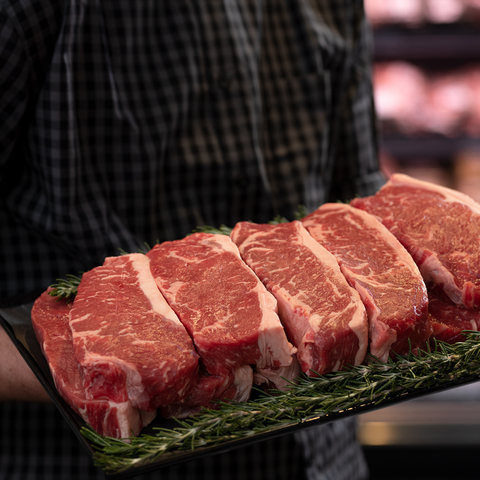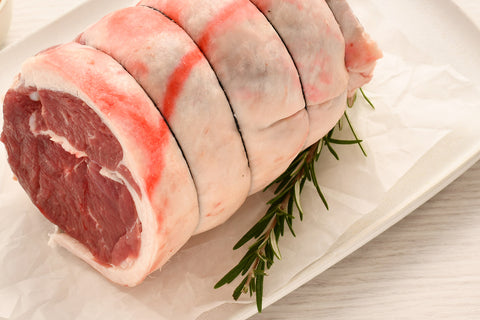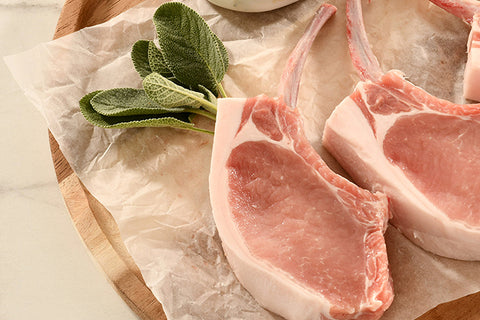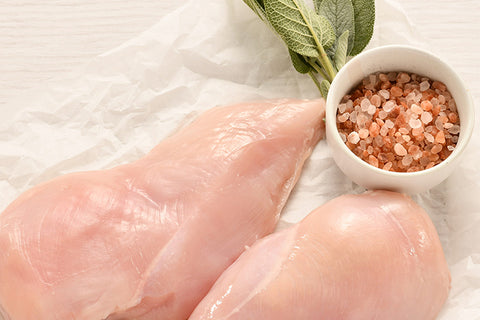If you love the kind of rich, tasty beef that melts in your mouth and leaves you wanting more, slow cooking should be one of your favourite moves in the kitchen.
From simple casseroles and stews packed with flavour to more extravagant curries, a quick chilli, soups and so much more, cooking low and slow offers great versatility, convenience and superb depth of flavour every time.
Why slow cook?
One of the greatest things about slow cooking beef is that it guarantees juicy tenderness. You can use tougher cuts of beef, which are naturally more robust as they come from well-used muscles on the animal, and still find they’ll be transformed into juicy morsels that will literally fall off your fork.
Why? Because the nature of cooking on a low heat for an extended period of time in fluid encourages the breakdown of the connective tissues, including the protein collagen. Collagen makes meat tough when cooked quickly, but when slow-cooked, it breaks down into gelatin, giving you that juicy, tender mouthfeel.
Fattier — and cheaper — cuts of beef can also be good for slow cooking, because the fat helps to ensure the beef won’t dry out while adding extra flavour.
The benefits of slow cooking
Beyond the melt-in-your-mouth texture and hearty flavour, slow cooking offers many other benefits.
Perhaps one of the most compelling reasons people turn to this cooking method is because it’s so easy and hassle-free. Once the prep work is done and all the ingredients are in the slow cooker, you can safely leave it to simmer away for hours until it’s ready. You can choose to make your meal at a time that works for you — whether it’s the first thing you do that morning, or the last thing you do the night before — and get on with the rest of your day, secure in the knowledge that dinner is taking care of itself.
Like to cook in bulk? Slow cooking is a great way to prepare large batches that you can easily freeze in portions for later — for those late work days, busy weekends and emergency backup meal moments.
To add to that, the ‘one-pot wonder’ approach requires very few utensils, so slow cooking is wonderfully easy to clean up after, too.
Better yet, the cuts best suited for slow cooking generally tend to be cheaper, so it’s great for the budget.
The best cuts of beef for slow cooking
Chuck
Chuck steak was practically designed for slow cooking. It comes from the shoulder and upper arm of the cow, so it’s done a lot of work over the life of the animal — with its abundant collagen, it’s the type of cut that gets tough when grilled quickly, but becomes tender and juicier the longer you cook it. This affordable cut also has a good amount of intramuscular fat, so it’s full of flavour.
Skirt
A thin, long and versatile cut that tends to be reserved for slow cooking, skirt steak comes from the cow’s diaphragm muscles. It’s lean and tough, with intense, melt-in-your-mouth flavours that emerge when cooked slowly.
Shin
Also referred to as the shank, this is another inexpensive but flavoursome cut. Taken from the lower leg of the animal, it’s made up of lean muscle and connective tissue that needs to be cooked slowly to become tender and delicious. Shin can be cooked on or off the bone — osso bucco is a great bone-in shin dish, while gravy beef is a boneless favourite.
Silverside
The most common cut for making corned beef, silverside — also known as the bottom round — is cut from a cow’s hindquarters. These are the muscles the cow uses for walking, so they get a lot of exercise. It’s another tough, lean cut loaded with connective tissue that responds best to slow cooking, although it contains little to none of the fat, or marbling, that you’ll find in other cuts.
Brisket
Brisket comes from the belly of the cow, so unlike silverside, it can be fatty — but that just adds flavour. Brisket is great for shredding as it literally pulls apart once cooked — like this slow cooked pulled beef brisket recipe, which tastes great in tacos, rich pastas, brisket bowls and more.
Read next: Beef brisket 5 ways: Top recipes to try at home
Oxtail
A tough off-cut that comes from the tail of the animal (as you probably guessed from the name), oxtail is absolutely loaded with fat, cartilage and marrow that becomes incredibly flavoursome when given the slow cooked treatment.
5 top tips for slow cooking success
To get the best result with your beef in the slow cooker, follow these five tips for success:
- Brown the beef first. If you’re not using a slow cooker, do this in the pot you’ll be cooking in (a cast-iron flameproof casserole dish with a tight-fitting lid is best) to ensure you retain all the juices and achieve maximum flavour.
- When seasoning, add just a little at the start and then, if still required, adjust to your taste before serving. As slow cooking encourages the reduction of liquid, the flavours can become very concentrated.
- Don’t overfill the pot. This prevents steam escaping, which can lead to too much liquid in the pot.
- Keep the lid on at all times. Slow cooking times require the building up of a consistent heat to cook meat and make it deliciously tender. The liquid should just tremble at the centre of the pot — not bubble vigorously.
- For optimal results, you should make the dish the day before you plan to eat it to enhance the flavour and tenderness.





.jpg?v=0)
.jpg?v=0)